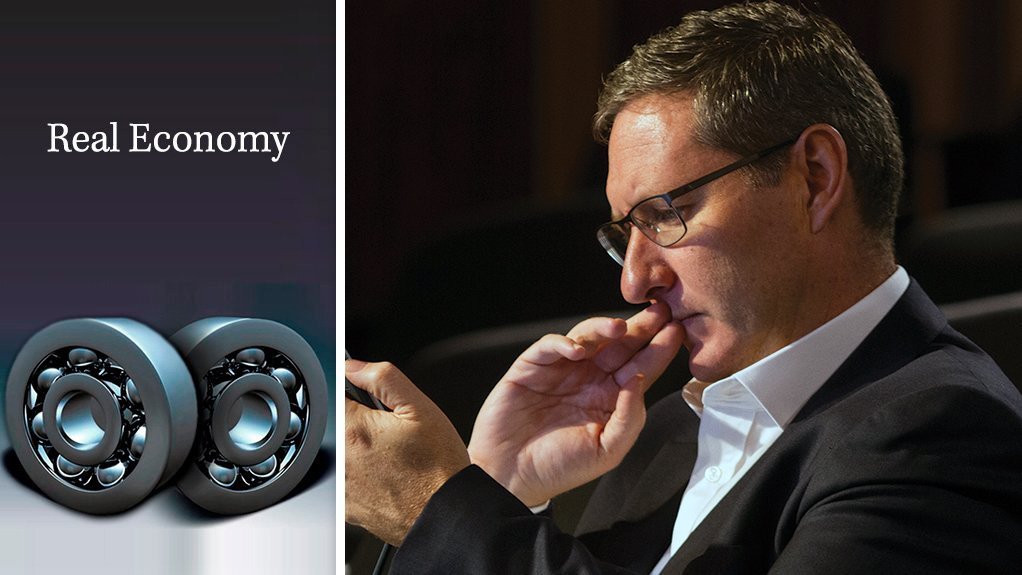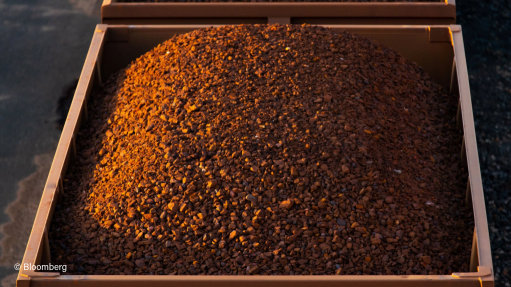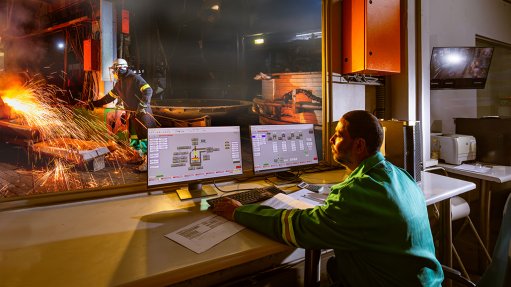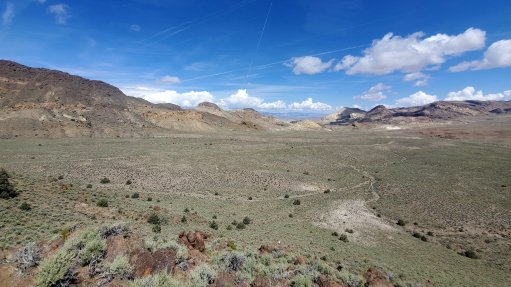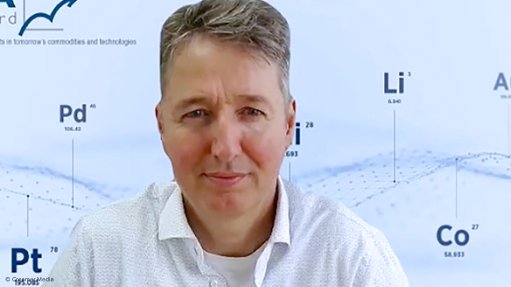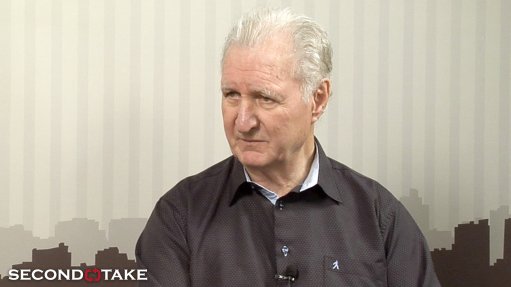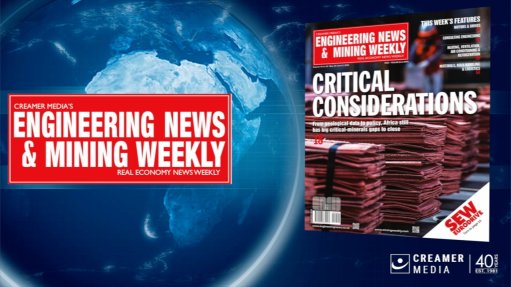Derisking Eskom
The term ‘too big to fail’ came to the fore during the so-called Great Recession, which arose after America’s subprime mortgage crisis triggered the collapse of Lehman Brothers in late 2008. The concept was attached to those businesses in the financial sector that had become so large as to make the economic ripple effects of failure too ghastly to contemplate. As a consequence, deeply unpopular government bail-outs were pursued, and eventually accepted, in preference to further bankruptcies.
South Africa’s financial sector held up relatively well during the crisis. However, the overall economy took a beating, from which it has not yet fully recovered. The country’s failure to bounce back can largely be attributed to the ‘own goals’ of economic mismanagement and corruption.
The poster child for both problems is South Africa’s very own too-big-to-fail problem: Eskom. The utility’s growth-sapping power cuts affected business and consumer confidence. But they also highlighted the problem of having an essential service provided by a poorly managed monopoly. The point was underlined again in mid-June, when Eskom workers held the country to load-shedding ransom as part of their fight against a proposed salary freeze.
The utility’s recent performance, or lack thereof, has resulted in more and more South Africans coming to accept that the State-owned utility poses a significant risk to South Africa’s economic outlook.
In fact, things almost came to a head at the start of 2018, when the banks refused to extend further financing until action was taken to address serious governance failings. Matters were stabilised only after wholesale changes were made to the board and the executive team. Nevertheless, the situation remains serious, if not dire.
A World Bank country diagnostic report highlights that Eskom represents the largest contingent liability to the national government. This risk emerged as a central reason for the decision by some ratings agencies to downgrade South Africa’s credit rating to junk in 2017.
Despite inflation-adjusted tariff increases of nearly 150% between 2007 and 2016, Eskom’s revenue remains below the level where operational and capital costs can be covered along with interest on debt and debt repayments. What’s more, remedying the revenue shortfall through further tariff increases has become all but impossible. Not only is societal resistance overwhelmingly strong, but more and more industrial customers are either unable to absorb the higher power costs or are investing in higher-certainty supply alternatives. Eskom and government have also not been able to find a formula for dealing with chronic undercollection from distressed municipalities, or from Soweto, which is supplied directly by the utility. Then there is the highly emotive topic of the Eskom workforce, which has expanded dramatically over the past ten years, notwithstanding stalled sales growth.
It has reached the point where government has to find a way to reduce the risk posed by Eskom to the fiscus and the economy. Finding a solution that is both financially and operationally sustainable, as well as politically acceptable, is going to be exceedingly difficult. However, extending fiscal or tariff support in the absence of a solution that addresses the too-big-to-fail problem will simply be a case of kicking the can down the road.
Comments
Press Office
Announcements
What's On
Subscribe to improve your user experience...
Option 1 (equivalent of R125 a month):
Receive a weekly copy of Creamer Media's Engineering News & Mining Weekly magazine
(print copy for those in South Africa and e-magazine for those outside of South Africa)
Receive daily email newsletters
Access to full search results
Access archive of magazine back copies
Access to Projects in Progress
Access to ONE Research Report of your choice in PDF format
Option 2 (equivalent of R375 a month):
All benefits from Option 1
PLUS
Access to Creamer Media's Research Channel Africa for ALL Research Reports, in PDF format, on various industrial and mining sectors
including Electricity; Water; Energy Transition; Hydrogen; Roads, Rail and Ports; Coal; Gold; Platinum; Battery Metals; etc.
Already a subscriber?
Forgotten your password?
Receive weekly copy of Creamer Media's Engineering News & Mining Weekly magazine (print copy for those in South Africa and e-magazine for those outside of South Africa)
➕
Recieve daily email newsletters
➕
Access to full search results
➕
Access archive of magazine back copies
➕
Access to Projects in Progress
➕
Access to ONE Research Report of your choice in PDF format
RESEARCH CHANNEL AFRICA
R4500 (equivalent of R375 a month)
SUBSCRIBEAll benefits from Option 1
➕
Access to Creamer Media's Research Channel Africa for ALL Research Reports on various industrial and mining sectors, in PDF format, including on:
Electricity
➕
Water
➕
Energy Transition
➕
Hydrogen
➕
Roads, Rail and Ports
➕
Coal
➕
Gold
➕
Platinum
➕
Battery Metals
➕
etc.
Receive all benefits from Option 1 or Option 2 delivered to numerous people at your company
➕
Multiple User names and Passwords for simultaneous log-ins
➕
Intranet integration access to all in your organisation



